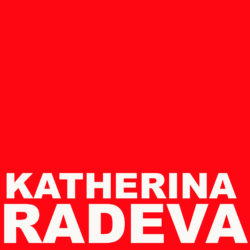 As I tidy my desk, my working table in my studio, I keep finding bits of old card. Card for model making. Or, as I like to think of these seemingly old and discarded bits of card- the leftovers of ideas. I am confronted by my own leftover ideas which have in the past year more or less resembled evolving ways of situating spectators on the same field.
As I tidy my desk, my working table in my studio, I keep finding bits of old card. Card for model making. Or, as I like to think of these seemingly old and discarded bits of card- the leftovers of ideas. I am confronted by my own leftover ideas which have in the past year more or less resembled evolving ways of situating spectators on the same field.
In the past year I have mainly been creating spaces around tables. Tables for eating and tables for discourse making. In some instances tables that will facilitate both – discourse making for the soul and feeding of the body. Tables have been taking centre stage. Sometimes cheap trestle tables, other times custom build tables. But broadly speaking a flat surface on four legs around which people could gather.
All of these projects have essentially been looking at ways to structure, enable and carve space. Space for conversation and space for meeting one another. Space for difference and space for communality. Space for growth and space for debate. Space for anger and space for delight. A safe space. Space without discrimination, where listening takes place, where what is said lands in solidarity.
A meeting place. A place where a meeting will happen. Time will pass. Ideas will forge, ideas will break, change, evolve and transform.
Conversation is how I make anything happen. Yes, I often close the door to my studio so that I can draw uninterrupted but then, I open the door and ask of those around me – what do you see? More and more I wonder how much of theatre making is really given time for a genuine critical conversation to take place around any given live work.
So, what happens when the live work is the conversation?
What happens when we stop “entertaining” you, and instead ask of you to be present and participate? What happens when there is a demand you listen?
Back to tables! In the past year, most of the projects I have designed have been about facilitating conversations. Often conversations between strangers. When an invitation is presented, to share a small space and to investigate a common ground, often I find that people arrive prepared to do just that- find a common ground, listen and contribute, even though their contribution maybe appear to be small and quiet, they are there for a reason. That reason could be simply to listen. Listening as contribution.
This has really altered how I think about designing space. I think of them now as listening places. A place to allow that space to actively listen, because when you do actively listen it allows you to hear another voice, a voice different from yours. So, when we talk about diversity in the arts, for me that means- voices I know little of, voices I may not understand, voices I hardly hear, voices I barely see. It is though enabling listening that I hope I enable change. Change to enable and foreground exchange!
Four legs and a flat sheet is not simply a table!

